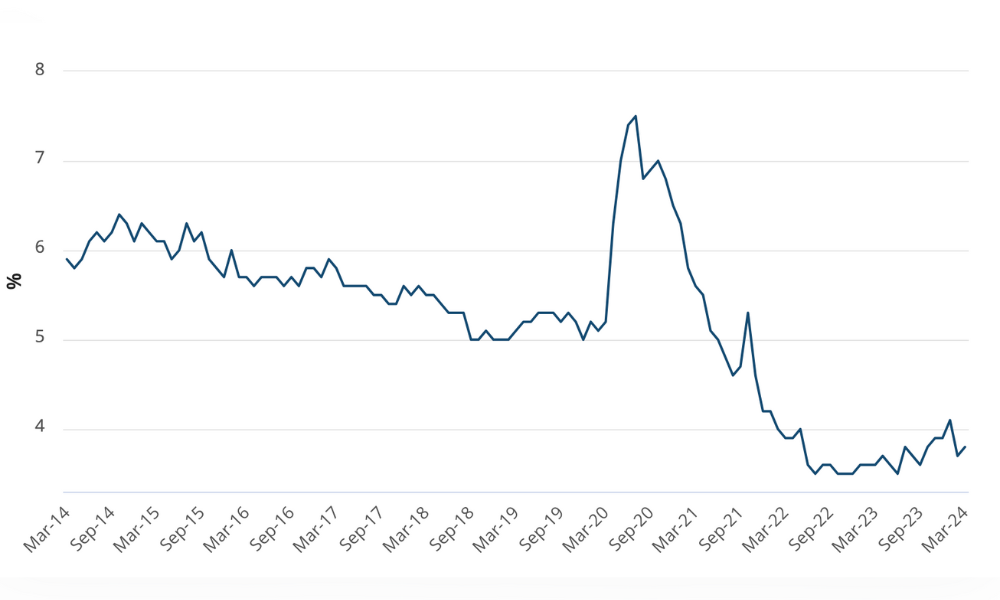Technology advances have helped drive the cause for teleworking in many organisations today. However, some companies are reviewing (or even reversing!) such policies, which has stirred up a lot of discussion around this topic.
Technology advances have helped drive the cause for teleworking in many organisations today. However, some companies are reviewing (or even reversing!) such policies, which has stirred up a lot of discussion around this topic.
While some people agree that teleworking reduces collaboration and innovation, many others disagree, listing the multiple benefits of this practice. But what does research tell us about this? Does teleworking do more harm or good? WorkTrends™ research conducted by Kenexa, an IBM Company, provides some interesting insights into this.
BENEFITS PROVEN
Many proponents of teleworking argue that the practice improves employees’ work-life balance. WorkTrends™ data actually proves this. A larger proportion of teleworkers (64%) think they have work-life balance, compared to traditional workers (58%). The research also shows that fewer remote workers (28%) than office-based employees (32%) suffer from unreasonable stress than those working in an office.
CONCERNS REFUTED
In contrast to some current organisational thinking, according to WorkTrends™ research, those who telework characterise their work environment as more innovative (62%) than those who do not (49%). Collaboration and teamwork do not prove to be a problem either. In fact, a slightly higher proportion of teleworkers (72%) think they cooperate well with their colleagues, compared to the office full-timers (68%). Moreover, teleworking does not appear to impede the sharing of information as some may worry. Fifty-five per cent of remote workers think they get enough information from their leadership, while only 49% of traditional workers do.
Many have expressed fear that lack of feedback, recognition and advancement may be disadvantages for remote workers. On the contrary, teleworkers surveyed in WorkTrends™ research hold more favourable opinions than office-based employees (64% compared to 57%). When it comes to promotion, non-management teleworkers are equally satisfied, compared to their office-based colleagues, while management teleworkers think they have better job prospects than their office-based counterparts (58% compared to 48%).
The research also found that employee engagement among those who telework (61%) is higher than among those who do not (55%). Literature has shown a positive relationship between employee engagement and individual as well as organisational performance. Therefore, the claim that teleworking negatively impacts on productivity is not supported here.
SO SHOULD WE ALL TELEWORK?
Not really. Teleworking is not suitable for the type of work that essentially requires physical presence or interaction, for example in healthcare or transportation. WorkTrends™ research shows that technical, sales, and professional staff are most likely to work remotely, while labourers, clerical and service staff are least likely to do so. Among industries, teleworking is most common in the high-tech and financial sectors and least common in manufacturing and retail.
WHERE TO FROM HERE
The Australian government has been implementing a number of initiatives to boost the rate of employees who telework, which echoes WorkTrends™ data: the percentage of employees who telework in Australia increased from 7% in 2011 to 9% in 2012. This is largely due to the many benefits of teleworking in improving productivity and workforce participation, and reducing carbon footprint. In coming years, ‘Smarter Workforce’ trends and technology advances will see more and more jobs done remotely.
Teleworking is here to stay. If this has not been a practice in your organisation, consider starting it. To get the best out of it, organisations need to build a culture in which remote working is not perceived as ‘slacking-off’. It requires support from leadership. Managers should also be prepared and trained on how to lead remote employees. Apart from mobile technology, organisations should explore and invest in collaboration technologies to enable effective information sharing and maximise the benefits of teleworking.
 Huong Hubbard is a consultant at Kenexa, an IBM Company, 60 City Road, Southgate, Melbourne. Phone 132 426 or email [email protected].
Huong Hubbard is a consultant at Kenexa, an IBM Company, 60 City Road, Southgate, Melbourne. Phone 132 426 or email [email protected].





